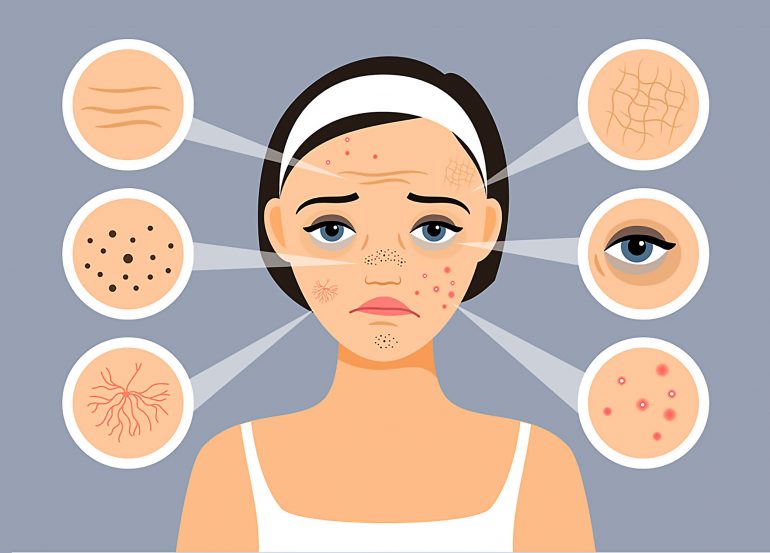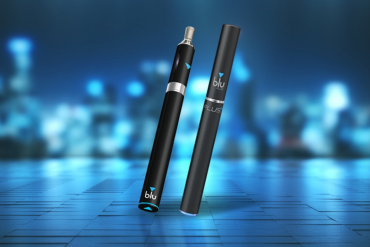Suggestions for your daily bath if you are suffering from atopic dermatitis or winter rashes.
For many, autumn is the favourite time of the year. We are charmed by the endless rustic shades of nature, the veiled autumn light, cold evenings and the first unforgettable smell of winter. However, there is a part of us all that is less overjoyed about autumn – our skin.
When autumn temperatures fall, moisture levels in our skin also fall, which can lead to an outbreak of dermatitis or other types of winter rashes. The latter can also affect people who, during warmer months, have healthy and normal skin.
Water can be beneficial for rashes and dermatitis
One of the most important measures to prevent outbreaks and alleviate the symptoms of winter rashes and dermatitis is to take regular soothing baths. Although for some time it was considered that baths – or rather water – aggravate symptoms of atopic dermatitis, today it is known that baths can actually soothe and calm skin problems. If, of course, the bathing process is carried out correctly. Therefore, the establishment of a daily routine, which includes bathing and moisturising skin, is extremely important to successfully manage atopic dermatitis.
Why are regular baths so effective in soothing atopic dermatitis?
When your skin is dry, it doesn’t mean that it contains too little oil. Dryness appears when skin is not capable of retaining its own moisture. Therefore, the best method for soothing skin problems that are connected with dry skin is to regularly recover lost moisture and help it to be better maintained. This is most easily achieved with a regular routine that includes bathing and moisturising skin. Taking baths actually returns lost moisture to the skin, and through the use of appropriate balms this moisture can be ‘locked into’ the skin, thus extending its longevity.
What is the perfect bath for winter rashes and dermatitis?
Run a bath with warm water – the temperature should not be higher than 35°C. Hot water is damaging to the skin for two reasons. The first is that it removes the skin’s natural oils (that is why the use of hot water is more efficient for cleaning greasy surfaces); the second reason is that by accelerating the skin’s microcirculation, inflammatory building blocks can encourage the formation of rashes or worsen them. Although baths can be great fun and pleasant, you shouldn’t bathe for longer than 10 minutes.
We always tell our customers that we aren’t so dirty that we should use cleansing agents every day and on all parts of our bodies. They should only be used where they are really needed and we should always only choose natural cleansers that do not contain soap, parabens, silicone and artificial fragrances. More information about the artificial substances that you most definitely do not want in your skincare can be found in a previous article entitled Endocrine disrupters in cosmetics.
Do not use cloths or sponges for washing, but rather gently cleanse your skin with your hands. Cloths remove the skin’s natural oils and parts of the epidermis that help skin to maintain its moisture.
After bathing quickly lock in the skin’s moisture
After bathing do not wipe your skin completely dry, but apply a moisturing lotion to moist skin. Your skin will thank you if you spend three minutes applying and rubbing in lotion after your bath, as otherwise it can already begin to dry out and lose the precious moisture it acquired during bathing. Locking in moisture is best achieved by using natural oils and butters, which also nourish and restore the skin. Soothing CBD Skin Balm is a nourishing balm that locks in moisture in your skin in a natural way and simultaneously provides it with necessary fatty acids. This balm is completely natural and therefore also suitable for use on newborn babies and during pregnancy.






